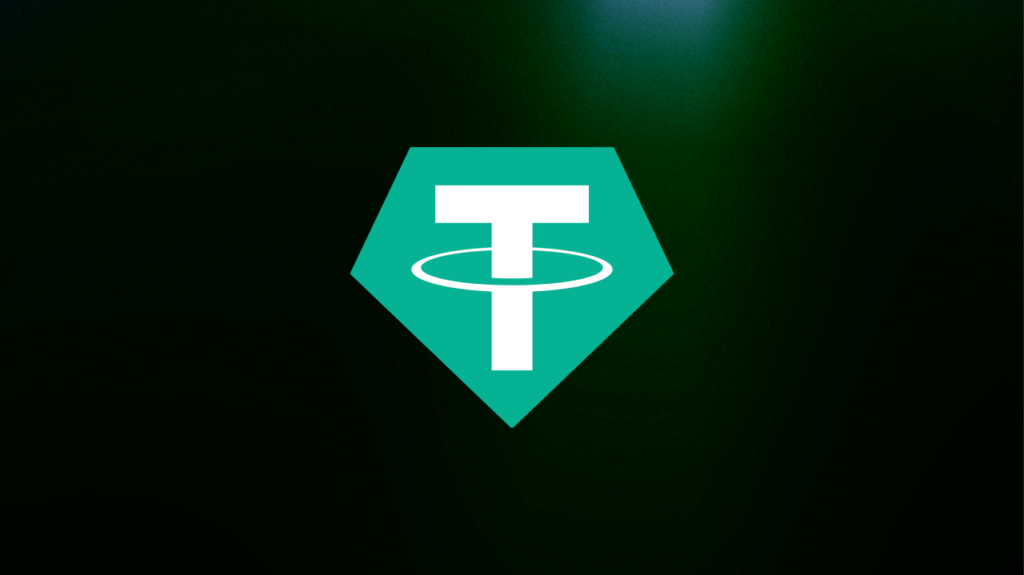Tether, a stablecoin issuer, made headlines with its impressive $13 billion profit last year. This figure surpasses many well-known financial firms, including Goldman Sachs. Despite having no official approval from U.S. regulators and a small workforce of fewer than 200 employees, Tether is making a bold bet on the U.S. dollar.
As tariffs imposed by Donald Trump disrupt the global economy, Tether aims to strengthen the dollar’s presence worldwide. CEO Paolo Ardoino stated that they are building the largest distribution network for the U.S. dollar in history. Tether’s stablecoin, USDT, is pegged to the dollar and serves as a stable digital alternative to cash. It is widely used by crypto traders for transactions and to mitigate volatility.
Stablecoins like USDT are gaining traction as they offer efficient global money transfers, especially in countries with weak financial systems. A significant milestone occurred when Stripe acquired Bridge, a company that helps businesses accept stablecoin payments. This acquisition highlights the growing acceptance of stablecoins in mainstream finance.
Tether is the leading stablecoin, holding over 60% of the market with more than $140 billion in circulation. Its popularity is particularly evident in emerging markets, where it is used for remittances and as a hedge against inflation and political instability. Ardoino noted that many people in these markets prefer holding U.S. dollars over their national currencies.
However, the dollar’s future is uncertain due to Trump’s tariffs and rising trade tensions. Some economists warn of a potential crisis of confidence in the dollar. Meanwhile, countries like China and Russia are exploring alternatives to reduce reliance on the U.S. currency.
Ardoino is concerned about the implications of these developments. He believes that a strong dollar is beneficial for the global economy and Tether’s success. He urges U.S. policymakers to support dollar stablecoins to maintain the dollar’s dominance amidst growing geopolitical challenges.



